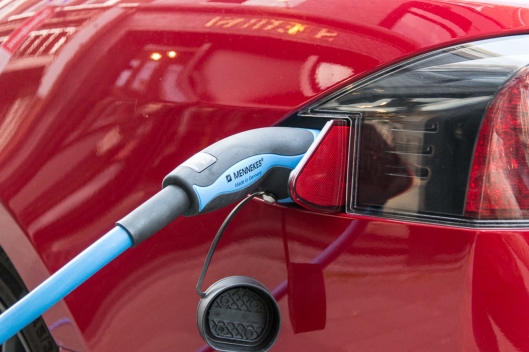
You won’t hear politicians or policy makers talk about VARS like they talk about electric cars and renewable energy. Yet electric cars and everything else that plugs into an electrical network depends on them.
VARS are essential to electrical networks and utilities charge money for them.
Electrical networks consist of 2 parts, Part 1 is capacity and Part 2 is energy. Capacity is everything behind the electrical wall outlet when nothing is plugged in. Energy is delivered when a load or appliance, or electric car is plugged in to the wall outlet. VARS reside on the capacity side of the network. Solar and Wind energy reside on the energy side of the network and contribute nothing to the capacity side of an electrical network.
So when politicians are selling us on Solar and Wind to replace fossil fuel generators no one is asking ” What about the VARS? My electric car can’t run without them”. As it turns out fossil fuel generators aren’t going anywhere because they are still needed for the capacity side of the network. As an environmentally conscientious person I want to reduce green house gases and replace fossil fuel generators. Solar and Wind help to reduce fossil fuel consumption by supplying energy but they are really limited in their effectiveness because they can’t replace a fossil fuel generator. If I buy in to the proposal that Solar and Wind replaces fossil fuel generators( and lots of us have) and I spend money on Solar and Wind and I see the fossil fuel generators still there. What am I supposed to think?
VAR consumers on electric networks are electrical machines including transformers and motors. VAR generators on electric networks are also electrical machines they are conventional electric generators driven by turbines powered by hydro, nuclear or fossil fuel. Electric motors and transformers require VARS to operate, you can’t have an electrical network without transformers and therefore you cannot have an electrical network without VARS.
I need VARS to power my electric car and most of the VARS are supplied by fossil fuel generators. If my motivation to buy an electric car is to help the environment, well I’m just not helping as much as I thought. Especially when I consider all the mining activity required for batteries.
There is still good reason to buy an electric car, but not yet. Wait for the politicians to increase subsidies and for manufacturers to offer substantial discounts and incentives to move their electric car inventory. An electric car is a good choice as long as you stay close to home and the price is right. Another good reason to drive an electric car is to avoid the 30 percent excise tax on gasoline. But how long will it be before this tax gets moved to electricity?
If you live in a cold climate you will need to heat the battery and warm the car using electrical power which adds to the operating cost. Heating the car on the road reduces the range. Do you need 4-wheel drive? That could be an issue with an electric car.
Now I haven’t really said what a VAR is yet. The best explanation I have heard is ” VARS are to Power what Foam is to Beer”. For a more technical explanation Google would be a good place to start.
In the interest of full disclosure there is a way to move Solar and Wind to the capacity side of the network but this costs a whole [ your adjective here] load of money. This has been termed “full network deflection” and requires 5 capacity units of Solar or Wind for every capacity unit of network deflection. In hardware terms you need to add storage batteries and a static VAR generator(capacitors). There will also be a reliability hit with full network deflection. Suffice to say for now Solar and Wind reside on the energy side of network. The consequence is that Solar and Wind integration is limited to a maximum of about 20 percent of the energy that is supplied by an electric network, although politicians and policy makers will lead you to believe otherwise.
Photo credit – Dreamstime
